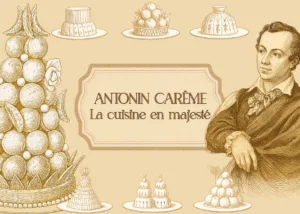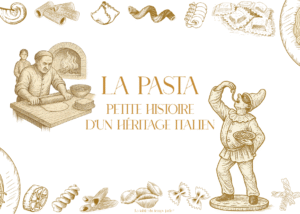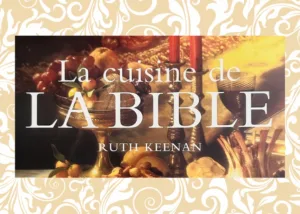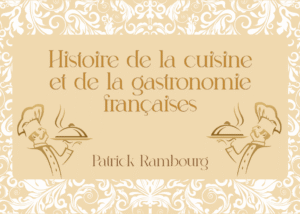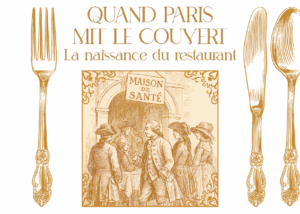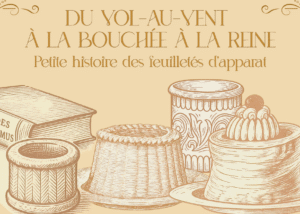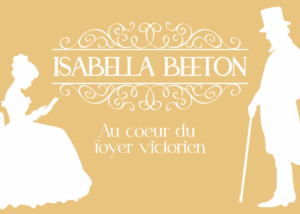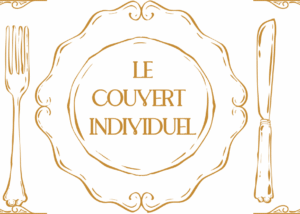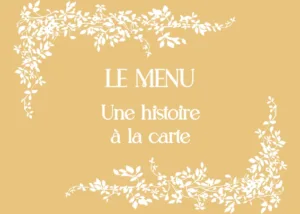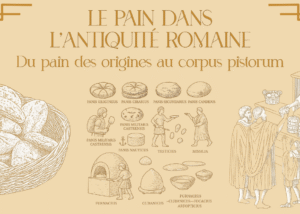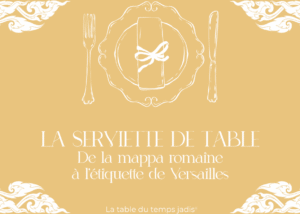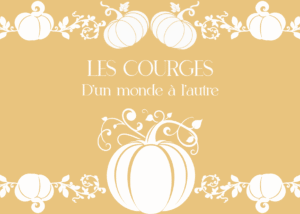To the origins of the service:
When the gestures are organized

Last month, we went up the thread of the first gestures of the meal:
from the naked hand to flint knives, crosses bent to offering spoons, the table was born in the instinctive momentum to eat, to survive, sometimes to honor. But as the companies are structured, that homes become courses, that uses rise, the meal ceases to be a simple sharing.
It becomes a built, hierarchical moment. It is the dawn of a new art: that of service.

When the meal is arranged
In large rooms in the Middle Ages, the meal is still a collective, lively and rigidity act. We eat around long boards , often covered with a simple cloth, with dishes arranged in the center and a firmly anchored custom: everyone uses . The right hand grabs, the cut knife, the spoon slides. The very idea of a service in the modern sense does not yet exist: we feed on by drawing, by sharing, by reaching out - in a gesture that belongs to all.
But little by little, in the seigniorial and princely circles, this free form is refined. The dishes are no longer simply placed: they are presented . Their succession begins to obey an order. The first signs of a staging appear: the table becomes a designed space, an area to be organized. It is not yet the label, but already, the meal is structured .
Under this slow transformation, a deep change begins: the nourishing gesture stands out from its spontaneity . He becomes choreographed. The dishes no longer come to chance; The guests are no longer useful. The meal becomes a sequence , the sharing becomes code .

The birth of an invisible hierarchy
This new table at the table requires new roles. And soon, the function of butler emerges. He is not content to bring dishes: he orchestrates the whole. He decides the moment, the rhythm, the placement, and coordinates a real small army of servants. By his side work with other essential figures: the sharp squire , responsible for cutting the meat with address; The panetier , bread manager, fundamental element; The trading , responsible for serving to drink; Fruitier , which offers fruit. Everyone has their place, every gesture their function.
In this new hierarchy, service becomes a discreet theater , where everyone plays their role. As power is centralized in princely courses, the art of receiving becomes a sign of culture as much as rank. Knowing how to serve well is knowing how to order. And knowing how to eat is also knowing how to be served .
This refinement is reflected in the very space of the house. Long integrated into the common room, the kitchen stands out. We are starting to distinguish the place where we prepare from the place where we present . A separation takes place - both practical and symbolic - between work and representation. The fire is hidden, the gesture is fading.

Of the object common to the personal object
This evolution of gestures is accompanied by a slow metamorphosis of objects. For centuries, each guest brings its utensils: a personal knife, sometimes a precious spoon, attached to the belt or carried in a case. But over time, the hosts support this supply . We start to have the objects at the table for each guest. This simple gesture marks a switch: the cutlery ceases to be nomads, they become ritual .
The bread, which served as a trash and absorbed the juices of the dishes, gradually gives way to the individual plate . The common bowls are rarer; Wooden or tin dishes give way to noble materials. Each guest receives a cut, a cover, a space. It is no longer a sharing, it is an ordered invitation .
The objects themselves gain in wealth. Ornated knives, carved spoons: Utensils become signs of status . Having a marked cover, having it engraved to your arms, becomes an act of distinction. And even if the fork has not yet found its place, the idea of a personal, refined instrument, associated with the rank , is permanently rooted in uses.

First gestures of an art of living
The act of food is no longer enough. As societies are refined, it is the way of nourishing and being nourished which becomes essential. The service takes on an aesthetic dimension: we learn to present the dishes with elegance, to arrange them with measure, to accompany the gesture of a word or a silence. The meal becomes a coded language .
Little by little, in the seigniorial houses, the meal is rolled out in several stages. Without written codification, but according to well anchored habits, the food follow a sensitive sequence: soups, meats, sweets, then sometimes a spicy wine or candied fruit. This progression, far from being only lineage, imposes a rhythm. She guides the gaze, modulates the wait, and makes meal a taste that is both taste and social .
Gestures, formerly spontaneous, are put in order. The spoon is no longer posed at random; It finds its place on the right or left depending on the local habits. The knife stands, not to decrease suddenly, but to announce its function. The towel is no longer only wiping: it folds, it stretches, it accompanies the gesture. The service becomes social choreography .
This movement does not respond to any written law - not yet. But he slowly prepares the advent of the large codes of the Western meal . The meal stands like a ritual, the table as a mirror of human relations. It's not just about eating, but standing at the table .
Long before the fork made its entry, long before the crystal or silverware shine under the candles, the meal had already transformed. Thanks to a slow refinement of gestures, the table becomes a scene, the cutlery of the actors, and the service - this word that we use today without thinking about it - a silent heritage of these first codes, woven between raw wood and the velvet of power. And while gestures codify, another revolution is preparing, more discreet, almost imperceptible ...
➤ Next month, follow the beginnings of a gesture that will forever change our way of being at the table.

Find other blog articles
Find other blog articles





